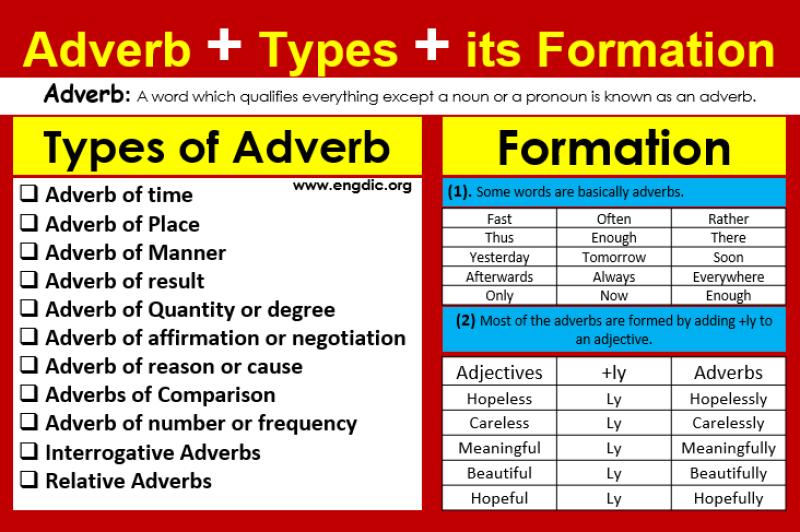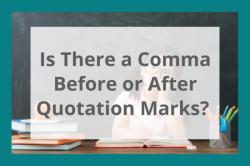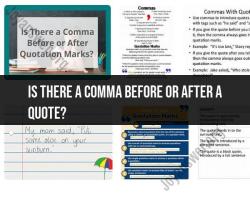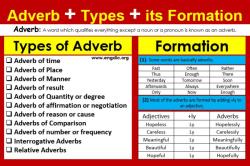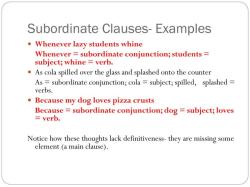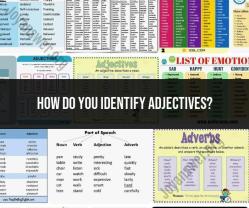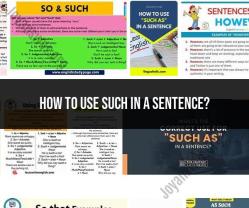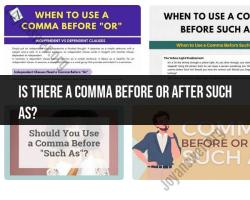What are the two types of adverb clauses?
Adverb clauses, also known as adverbial clauses, are groups of words that function as adverbs within a sentence. They provide information about the manner, time, place, condition, reason, or purpose of the action in the main clause. There are two main types of adverb clauses:
Time Adverb Clauses:
- Function: Provide information about when an action in the main clause takes place.
- Common Subordinating Conjunctions:
- after, as soon as, before, when, while, until, as, since, whenever, once, as long as, by the time, etc.
- Example:
- After she finished her work, she went for a walk.
- When the sun sets, it gets dark.
Cause and Effect Adverb Clauses:
- Function: Provide information about the reason or cause for the action in the main clause, or the result or consequence of that action.
- Common Subordinating Conjunctions:
- because, since, as, so that, in order that, if, unless, etc.
- Example:
- She stayed home because she was not feeling well.
- He worked hard so that he could succeed.
Understanding the types of adverb clauses and their functions can help you use them effectively in sentences to provide additional information and clarify relationships between different parts of your writing.
What are the distinct categories of adverb clauses?
Adverb clauses are a type of dependent clause that functions as an adverb within a sentence. They provide additional information about the verb, adjective, or adverb they modify. Adverb clauses can be classified into several different categories based on the type of information they provide.
Time adverb clauses: Time adverb clauses indicate when something happens. They are typically introduced by subordinating conjunctions such as "when," "before," "after," "since," "until," and "as."
Place adverb clauses: Place adverb clauses indicate where something happens. They are typically introduced by subordinating conjunctions such as "where," "wherever," and "whichever."
Manner adverb clauses: Manner adverb clauses indicate how something happens. They are typically introduced by subordinating conjunctions such as "how," "as," and "like."
Cause adverb clauses: Cause adverb clauses indicate why something happens. They are typically introduced by subordinating conjunctions such as "because," "since," "for," and "as."
Condition adverb clauses: Condition adverb clauses indicate under what condition something happens. They are typically introduced by subordinating conjunctions such as "if," "unless," "whether," and "as long as."
Concession adverb clauses: Concession adverb clauses indicate that something happens even though something else is true. They are typically introduced by subordinating conjunctions such as "although," "though," "even though," and "even if."
Purpose adverb clauses: Purpose adverb clauses indicate why something is done. They are typically introduced by subordinating conjunctions such as "so that," "in order to," "to," and "for."
Result adverb clauses: Result adverb clauses indicate the consequence of something happening. They are typically introduced by subordinating conjunctions such as "so," "as a result," "consequently," and "therefore."
How do dependent clauses function as adverbs in sentences?
Dependent clauses, including adverb clauses, function as adverbs in sentences by modifying verbs, adjectives, or other adverbs. They provide additional information about the time, place, manner, cause, condition, concession, purpose, or result of an action or state of being.
Adverb clauses typically come after the word they modify, but they can also come before it or in the middle of the sentence. The placement of the adverb clause can affect the emphasis of the sentence.
Are there recognizable patterns in the usage of adverb clauses?
Yes, there are recognizable patterns in the usage of adverb clauses. These patterns include:
Use of subordinating conjunctions: Adverb clauses are typically introduced by subordinating conjunctions.
Word order: Adverb clauses can come after the word they modify, before it, or in the middle of the sentence.
Punctuation: Adverb clauses are often set off by commas when they come at the beginning of a sentence.
By understanding these patterns, you can learn to identify and use adverb clauses effectively in your writing and speaking.
